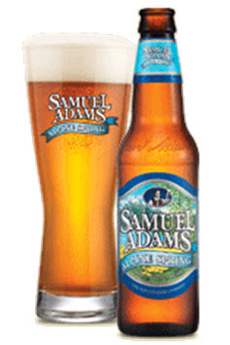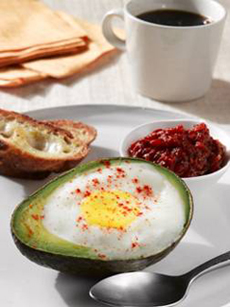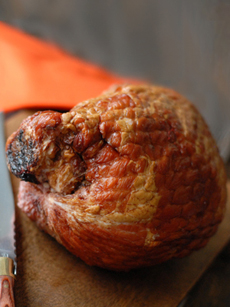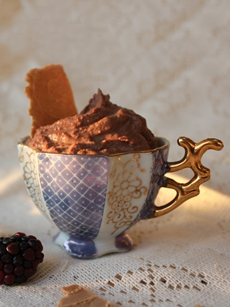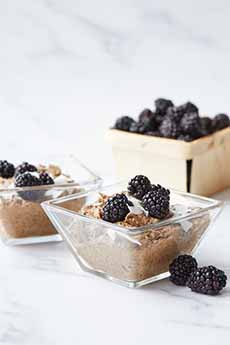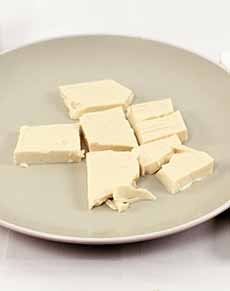|
April 4th is National Cordon Bleu Day.
THE HISTORY OF CORDON BLEU
Le Cordon Bleu (French for “The Blue Ribbon”) is the world’s largest school for hospitality education, for both cooks, service and management personnel. Originating in France, it now has 35 schools on five continents.
The inspiration for the school began in 1578, with a group of French knights called L’Ordre des Chevaliers du Saint Esprit. Each member wore the Cross of the Holy Spirit, which hung from a blue ribbon.
The knights became known for extravagant and luxurious banquets, known as “cordons bleus.” The order closed with the French Revolution.
In the late 19th century, the name was revived by a French culinary magazine, La Cuisinière Cordon Bleu. It offered lessons by some of the best chefs in France, and eventually grew to become a cooking school.
Le Cordon Bleu cooking school opened in Paris in 1895 and became one of the finest cooking schools in the world.
Recipes for Chicken Cordon Bleu and Veal Cordon Bleu emerged: chicken breasts or veal slices sandwiched with ham and Gruyère cheese, dipped in an egg mixture, rolled with bread crumbs and baked or sautéed.
Here’s a recipe for Chicken Cordon Bleu from Nagi at Recipe Tin Eats, who simplified the original recipe.
“Have you tried the French classic Cordon Bleu before? [Delicious but] it’s a pain to make. Flatten the chicken, roll it up with cheese and ham inside, dredge in egg, crumb it, fry it in oil then finish it off in the oven as you make the sauce…
“Phew! I got tired even just writing that out!
“So here is my shortcut way to make Chicken Cordon Bleu. It comes out of the oven beautifully golden all over, super crunchy, with gooey cheese inside. Just like the real deal that is deep fried, this is SO much easier and faster to make!”
She also replaces traditional bread crumbs with Japanese panko breadcrumbs, for a crunchier crust.
Thanks, Nagi! You can see here step-by-step photos here.
RECIPE: EASIER CHICKEN CORDON BLEU
Ingredients For 2 Servings
1 cup panko breadcrumbs
Olive oil spray
2 small chicken breasts, around 6-7 ounces (180-210g) each
4 slices gruyère or American swiss cheese*
4 to 6 slices of ham, about 2.5 ounces (75g), or ham rounds†
1 egg
2 teaspoons plain flour
For 1 Cup Of Dijon Cream Sauce
1½ tablespoons butter
1½ tablespoons flour
1¼ cups whole or 2% milk
2 tablespoons Dijon mustard
3 tablespoons parmesan cheese, finely grated
Optional: 1 teaspoon thyme leaves
Salt and pepper
Plus
Toothpicks
|



